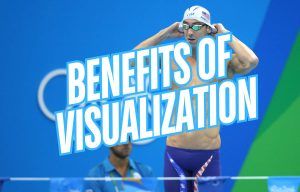
6 Benefits of Visualization for Swimmers
Wondering what visualization can do for your swimming? Here are some evidence-based benefits of visualization for swimmers for more confidence, less choking, and even better technique.
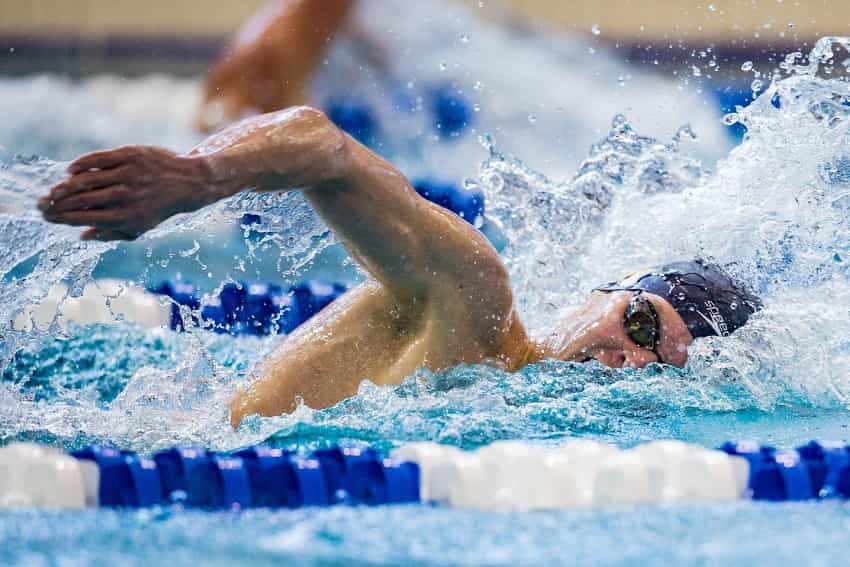
When it comes to mental skills for swimmers, visualization or mental imagery is one of the sneaky weapons swimmers have for improving every aspect of their performance in the water.
And so on.
The ways that visualization can be used are almost endless.
But the one biggie that swimmers should focus on is creating a stockpile of race-day simulations that match the emotion and pressure of competition.
This way, when you step up on the blocks, and the pressure is on, you have a strong, confidence-boosting sense of “been here, done this.”
So that when you lace up that fancy-pants tech suit, your training and preparation doesn’t crumble.
Coaching legend Mike Bottom, who has sharpened some of the fastest swimmers on the planet from his time at Auburn, Cal, USC, The Race Club, University of Michigan, and as coach on the 2016 US Olympic coaching staff, uses visualization to help pressure-proof his swimmers.
While practice is designed to help prepare a swimmer for competition, there are parts of the competitive experience that are very hard to mimic in a training situation. For example, the stress and anxiety of swimming under pressure, under the lights, under the eyes of friends, family, teammates, and a whole bunch of strangers.
This pressure can take a well-trained swimmer and shatter their performance when the pressure hits.
Bottom, in talking at an ASCA conference, spoke about the role of mental training and visualization on getting his swimmers at Auburn to perform at a high level at NCAA’s. (Emphasis mine.)
Mental training was key to our success. We would do rehearsal, deep visualization, and talk. You can’t change subconscious patterns in athletes unless you try to hit the subconscious and there are several different ways of doing that. You hit the subconscious with repetition and visualization.
The thing that I found, especially with age groupers, is that you tell them what to do, how to change their stroke and they have it perfect in practice. They’re swimming and you’re going, “Yeah! He’s catching right!” Then they get to the meet and look at the block and you have a different swimmer. You have that old swimmer that takes off and does exactly the same thing wrong.
You try to think about what happened. You try to keep your cool. You try not to strangle them. You ask them, “What have I been telling you?”
The problem is that it didn’t reach the subconscious level in a race situation. It reaches the subconscious level in the practice situation, the nice low pace situation. In the race situation, when the pressure is on, and when there were people screaming and hollering, and the coach was looking right at you, it all went away. They went back to the subconscious tapes that played way back when. They reverted back.
Somehow you have to get to that subconscious, and you can do it in several ways. You could do it with race rehearsals, or you could do it with visualization. I think the best way to do it is to get them to know what it feels like and then use visualization to implant that into their subconscious.
I have written a lot about visualization on this website (and there is also extensive instructions and tips in my mental training workbook, Conquer the Pool).
Here are a few quick tips on how to make visualization work for you, as well as supplemental resources on mental rehearsals.
More Visualization Stuff for Swimmers and Coaches
How Swimmers Can Get Started with Visualization and Imagery. Visualization, or guided imagery, is a very powerful tool that you can add to your arsenal to further improve the likelihood of success at your next competition. Here’s how to get started.
Confident Swimmers Use Visualization to Crush It in Competition. PB-crushing self-confidence starts with the work you do in the pool, but sharpening and maintaining that self-confidence continues with imagery and visualization.
How Michael Phelps Used Visualization to Stay Calm Under Pressure. Visualization is a proven way to build confidence and improve performance in the water. Here are some visualization tips from Michael Phelps and his longtime coach, Bob Bowman.
This Mental Training Workbook Will Help You Swim Like a Rock Star This Season. Confused about mental training? Want to unleash pro mode on your swimming this year? Learn how this mental training workbook will change your mindset and help you pummel your PB’s this season.

Olivier Poirier-Leroy Olivier Poirier-Leroy is the founder of YourSwimLog.com. He is an author, former national level swimmer, two-time Olympic Trials qualifier, and swim coach.
✅ Free shipping on Orders over $49
✅ Price Match Guarantee
✅ Best selection of gear for training and competition
✅ Fast and Easy Returns

“This is the best book I have ever seen concerning mental training.” — Ray Benecki, Head Coach, The FISH Swim Team


Wondering what visualization can do for your swimming? Here are some evidence-based benefits of visualization for swimmers for more confidence, less choking, and even better technique.
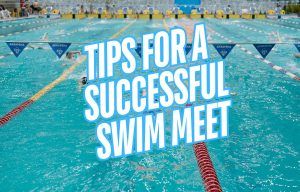
Ready to uncork some best times at your next swim meet? Here’s what you need to know to prepare for a swim meet.
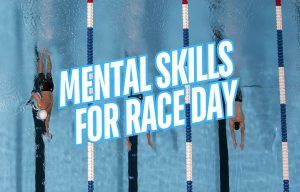
The right mental skills can help you unlock faster swimming on race day. Here is a look at the right skills to use for competition.
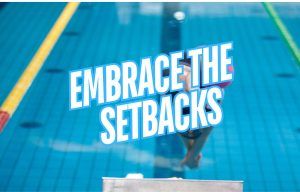
Frustrated with setbacks in the pool? Here are some tips for improving your ability to embrace setbacks and swim faster.
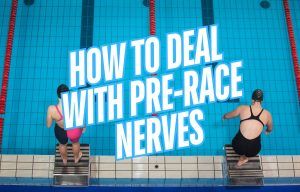
Struggling to swim fast under pressure? Here are some tips for how to manage pre-race nerves on race day.
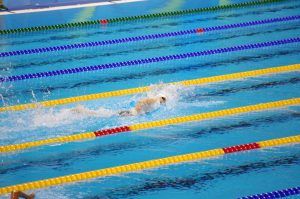
Swimmers often find themselves stuck with doubt when it comes to doing tough things in the water. Here’s a simple question to ask when you find doubt and uncertainty stopping you from excellence.
SITE
SHOP
GUIDES

LANE 6 PUBLISHING LLC © 2012-2025
Join 33,000+ swimmers and swim coaches learning what it takes to swim faster.
Technique tips, training research, mental training skills, and lessons and advice from the best swimmers and coaches on the planet.
No Spam, Ever. Unsubscribe anytime.
